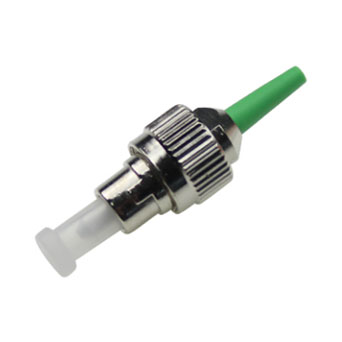If you ever need to install fiber optic cables, you may need to splice the two wires together. Essentially, fiber splicing is the joining of two cables together to make them one. The most common reason people splice cables together is that something accidentally cut the original wire. Splice cables (or splice new sections) are often cheaper and more time consuming than running a whole new cable. Fiber optic cables are complex, so most people use fiber splicers to automate the process. People who use these cables a lot will no doubt eventually need an optical fusion splicer machine.
1. What is an optical fiber fusion splicer?
Before understanding what a optical fusion splicer machine is, you must first understand the method of splicing fiber optic cables. The first method is through mechanical splicing. This method is arguably the easiest because it requires very few machines. As you might guess, mechanical splicing is mostly manual. It connects two or more fibers by holding them in place with an assembly. The assembly uses an index matching fluid to align them. It is a short length of cable that precisely aligns bare fibers. Once installed, there is a cover to permanently hold the connector.
The second method is welding. This method requires a specific fiber splicer to do it properly because it is precise. It properly aligns the two fiber ends. After that, it uses an electric arc or heat to fuse the glass ends together. This fusion creates a non-reflective, continuous connection that minimizes losses. Therefore, an optical fiber fusion splicer is a device that "splices" two optical cables together.
2. The reason why the optical fiber fusion splicer is the best choice for optical fiber fusion
As you might imagine, mechanical splicing costs less. It doesn't require very special equipment to work. All you need are cables and something to hold them together. The problem is that mechanical splices are not as strong as fusion splices. This method usually involves insertion loss and splice loss. While it may not be huge, if you have multiple connectors in any given cable it can start to degrade the cable's functionality.
Also, mechanical splicing is not as "safe" as you might hope. It requires a device to hold these cables together. If something goes wrong with that device, the connector can be withdrawn. For example, suppose an earthquake damaged the original line. Another earthquake could loosen the joints. Fiber fusion splicers splices cables to function and function again. The insertion loss and splice loss of this method are significantly reduced. Since this machine essentially solders the cables together, it's more permanent. The line will basically be like new again instead of a patchwork of spliced cables and assemblies.

 EN
EN



